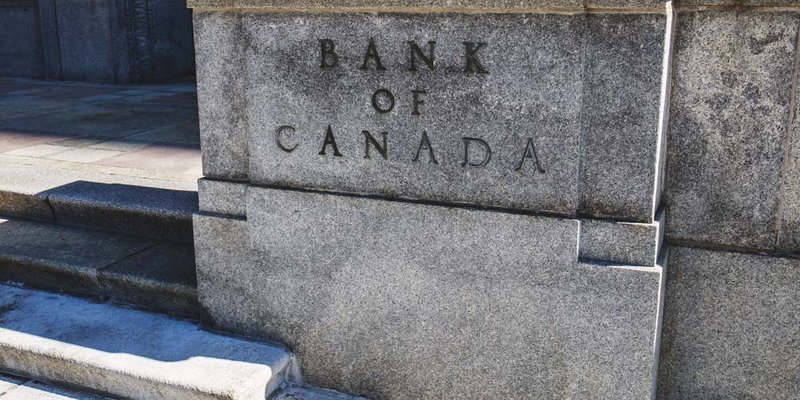
If you are not redirected within 30 seconds, please click here to continue.
Samedi: 10h – 16h HAE

If you are not redirected within 30 seconds, please click here to continue.
If you are not redirected within 30 seconds, please click here to continue.
You’ve probably noticed that several times a year business reporters get excited about a pending announcement from the Bank of Canada on its “overnight lending rate". They do so because any change in that figure can impact the interest rate the country’s banks charge their customers for mortgages and other loans. Here’s what you need to know about how and why the Bank of Canada guides interest rate policy.
The Overnight Lending Rate
At eight pre-determined dates a year – always on a Wednesday, at 10 a.m. Eastern Time – the Governor of the Bank of Canada makes an announcement about the overnight lending rate. This rate is what the country’s banks charge each other on funds they’re transferring between each other. But, more significantly, it’s what they use to base their “Prime lending rate” on. The prime lending rate is the figure that mortgages, lines of credit, and car loans are based on. (Mortgages are typically offered at a discounted percentage below the Prime rate while car and line of credit loans charge a premium, “Prime plus” a certain percentage.)
The bank will lower the rate if it feels the country’s economy needs a boost – the idea being that lower interest rates will encourage more spending – and raise it if they feel inflation is getting too high.
Most often, the Bank of Canada’s announcement is “no change.” But when the bank does raise or lower its rate, our nation's financial institutions almost always follow suit and announce making cuts or increases.
The most recent change was announced on January 21, 2015, when, somewhat to the surprise of most analysts, the BOC cut its rate by a quarter-point to 0.75%. (It had held steady at 1% since September 2010.) The banks did lower their Prime lending rates as well, but only by 0.15%, citing declining profits as the reason they didn’t follow in lockstep with the Bank of Canada (BMO’s earnings for the first quarter of 2015 dropped to a mere $1.041 billion…).
Reading the Tea Leaves
Of course, the Governor of the Bank of Canada (currently Stephen Poloz) doesn’t simply walk up to a podium, announce the number, then head back to his office. There is also some commentary around the decision to raise, lower, or remain at the status quo with the rates. And those remarks – and any others the governor makes at all public events - are thoroughly analyzed for indications on where the rate will go next.
After the cut was announced in January, there was much speculation that further cuts were imminent to help an economy that was hard hit by the drop in oil prices. But when the announcement, (or non-announcement) was made on April 15, 2015, that the rate would remain unchanged, and with subsequent comments by Poloz at a monetary policy meeting in New York the following week, it seems that the rate will remain stable for the time being.
The Qualifying Rate
In addition to setting the pricing for the Prime rate, the Bank of Canada also establishes what's known as the Qualifying or "benchmark" rate. This rate is used by lenders to qualify short-term and variable mortgage rate applicants. It is based on the posted conventional 5-year fixed rates offered by Canada's big lenders. The idea is that borrowers who can qualify for this rate (which is usually two-to-three percentage points higher than the rate they're applying for) will be able to withstand the risks associated with a variable-rate or short term product - should rates go up during or after the mortgage term, the borrower will still be able to afford their payments.
How Much More Do I Need to Qualify For?
Let's assume you are applying for a two-year fixed term mortgage rate at 2.40%. Today's Bank of Canada's Qualifying rate is 4.64%, meaning you must qualify for a rate that's 224 basis points higher than the rate you want. What does this look like in dollars? Let's use the RateSupermarket Mortgage Penalty Calculator to crunch the numbers:
Assuming you have a $400,000 mortgage amortized over 25 years, here's how your monthly payments will look:
At 2.40%: $1,772 per month
At 4.46%: $2,245
Difference: $473
This means your debt ratios and overall home affordability must be able to withstand paying $473 more on a monthly basis to be approved for your two-year 2.40 per cent rate.
Get money-saving tips in your inbox.
Stay on top of personal finance tips from our money experts!









